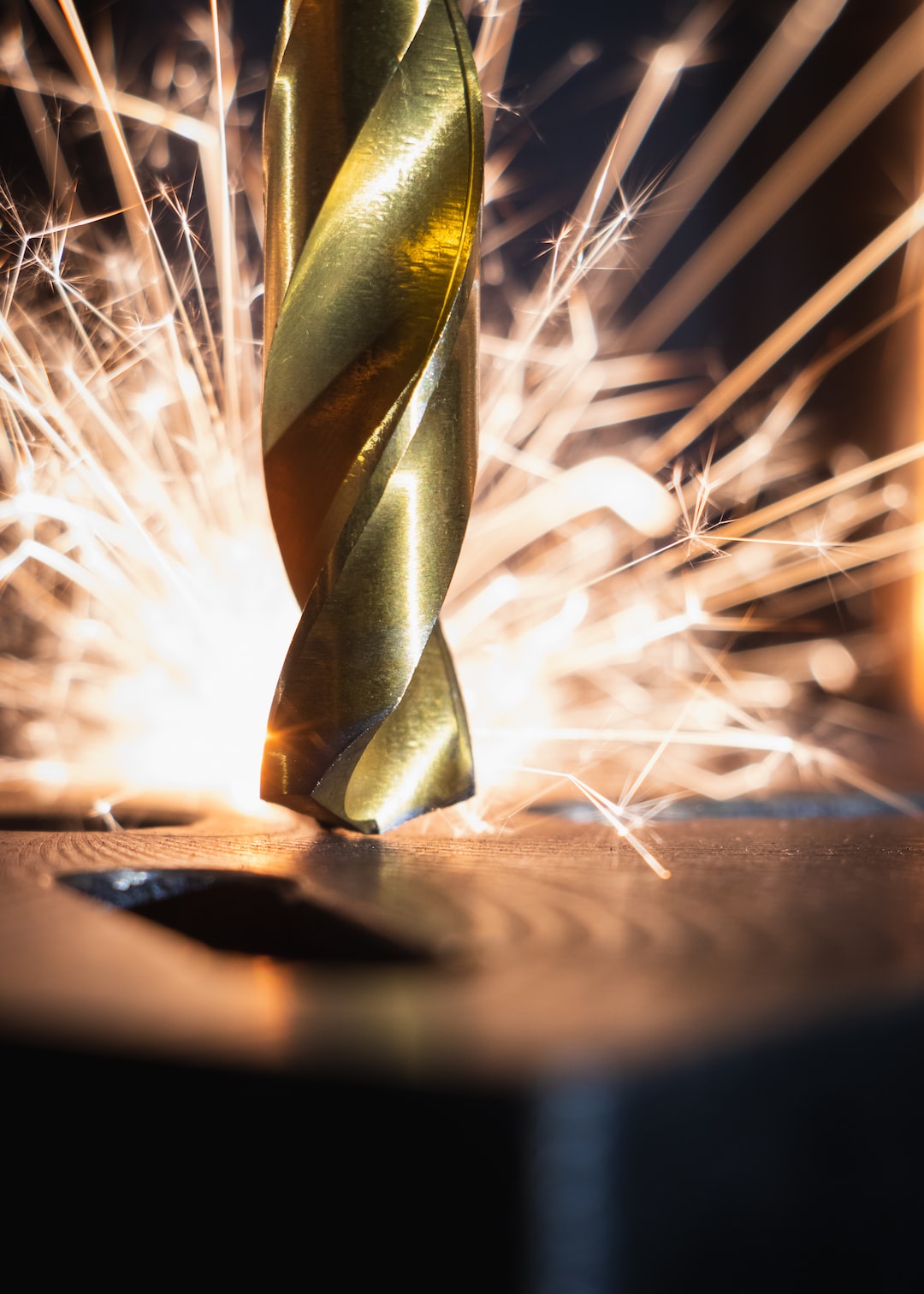The Rise of Digital Twins in Manufacturing
In recent years, the manufacturing industry has witnessed the emergence of a groundbreaking technology known as digital twins. This concept, which involves creating a virtual model of a physical object or system, has gained significant traction due to its potential to revolutionize various aspects of the manufacturing process. From improving product design to enhancing efficiency and productivity, digital twins are reshaping the manufacturing landscape.
So, what exactly are digital twins and how do they work? In simple terms, a digital twin is a virtual representation of a physical asset. It is created using real-time data collected from various sources, including sensors embedded in the asset itself. This virtual replica is a dynamic entity that evolves alongside its physical counterpart, mimicking its behavior, performance, and state. By leveraging advanced technologies such as artificial intelligence, machine learning, and Internet of Things (IoT), digital twins enable manufacturers to monitor, analyze, and optimize their products and processes in ways that were previously unimaginable.
One of the primary advantages of digital twins lies in their ability to enhance product design and development. With a digital twin, manufacturers can simulate and test various design configurations before physically prototyping them, saving time and resources. By analyzing virtual models, engineers can identify design flaws, make necessary adjustments, and optimize product performance. This iterative process significantly reduces the chances of design errors and ensures the delivery of high-quality, reliable products to the market.
Beyond the design phase, digital twins continue to play a crucial role in the manufacturing process. By continuously monitoring the performance of physical assets, manufacturers can detect anomalies and predict failures before they occur. This predictive maintenance approach allows companies to schedule repairs and replacements proactively, minimizing downtime and costly production interruptions. Moreover, digital twins provide valuable insights into the overall health and condition of assets, helping manufacturers optimize maintenance schedules and increase asset lifespan.
Another area where digital twins are making a significant impact is production optimization. By creating virtual replicas of manufacturing processes, companies can analyze and optimize workflow efficiency. These virtual models provide real-time data about factors such as machine utilization, energy consumption, and material flow, enabling manufacturers to identify bottlenecks, reduce waste, and improve overall operational efficiency. With digital twins, companies can simulate a wide range of scenarios, test different production strategies, and make data-driven decisions that lead to better performance and higher productivity.
In addition to their advantages in product design and production optimization, digital twins also facilitate the implementation of smart factories. By connecting digital twins with IoT devices and sensors, manufacturers can create interconnected networks of intelligent machines and systems. This integration allows real-time monitoring, control, and coordination of manufacturing operations, resulting in improved agility, flexibility, and responsiveness. With digital twins at the core of the smart factory concept, manufacturers can achieve unprecedented levels of automation, data analysis, and decision-making capabilities.
Moreover, digital twins enable manufacturers to leverage the power of data analytics and artificial intelligence. By collecting and analyzing vast amounts of real-time data from physical assets, companies can gain valuable insights into their products, processes, and customer behavior. This data-driven approach can lead to better product personalization, demand forecasting, and customer satisfaction. With digital twins, manufacturers can understand how customers interact with their products, make informed decisions about product improvements, and deliver tailor-made solutions that meet specific customer needs.
While the potential benefits of digital twins in manufacturing are immense, there are certain challenges that need to be addressed. The integration of various data sources, the management of large amounts of data, and the implementation of cybersecurity measures are some of the hurdles facing manufacturers in adopting digital twins. Additionally, the need for skilled personnel with expertise in data analytics, IoT, and AI poses another obstacle to widespread adoption. However, as technology continues to evolve and companies recognize the value of digital twins, these challenges are expected to diminish, and the adoption of digital twins will accelerate.
In conclusion, the rise of digital twins in manufacturing signifies a transformative shift in how products are designed, produced, and maintained. By creating virtual replicas of physical assets, manufacturers can simulate, analyze, and optimize every aspect of their operations. From enhancing product design to improving production efficiency and enabling smart factories, digital twins hold tremendous potential for revolutionizing the manufacturing industry. By embracing this groundbreaking technology, manufacturers can unlock new opportunities, increase competitiveness, and pave the way for a more efficient and sustainable future.

